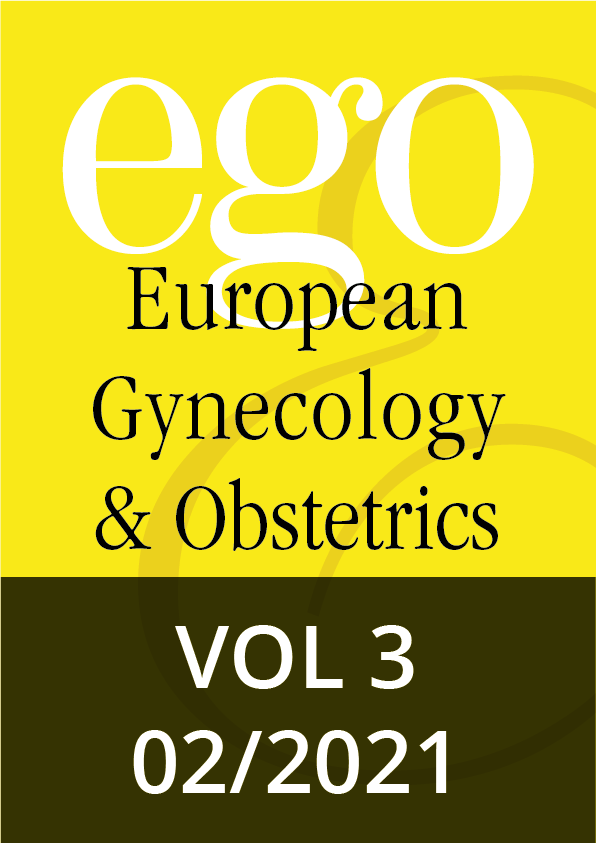Short reviews, 060–062 | DOI: 10.53260/EGO.213021
Systematic review, 063–071 | DOI: 10.53260/EGO.213022
Case reports, 072–075 | DOI: 10.53260/EGO.213023
Case reports, 076–078 | DOI: 10.53260/EGO.213024
Case reports, 079–081 | DOI: 10.53260/EGO.213025
Case reports, 082–085 | DOI: 10.53260/EGO.213026
Original articles, 086–090 | DOI: 10.53260/EGO.213027
Original articles, 091–095 | DOI: 10.53260/EGO.213028
Original articles, 096–099 | DOI: 10.53260/EGO.213029
Original articles, 100–107 | DOI: 10.53260/EGO.2130210
Original articles, 108–112 | DOI: 10.53260/EGO.2130211
Review of gynecological endoscopy and endometriosis
Abstract
In this review we intend to highlight and historically contextualize the value of the Kiel School of Gynecological Endoscopy, focusing on one of our main areas of interest: endometriosis. The identification and treatment of endometriosis is based on guidelines issued by professional societies, both national and international (namely, the German S2k and the ESHRE, ESGE, EGE and WES guidelines for endometriosis). The postulated mechanisms of endometriosis are based on well-known etiological factors. In practice, the recognition and treatment of endometriosis are based on the following parameters: age, description of any pain, knowledge of the patient’s medical history and menstrual cycle, gynecological examination of the vagina, cervix and uterus, rectovaginal examination, posterior uterine wall examination, and 2/3D ultrasound with a vaginal and abdominal probe. The treatment of patients with pain differs from that of patients without pain. We also differentiate between patients with endometriomas who desire to become pregnant and those with endometriomas who do not desire pregnancy. Patients with bleeding disorders need special attention and must be investigated by hysteroscopy. A malignancy must always be excluded. The treatment of patients with endometriosis during pregnancy is subject to special criteria. Pregnancies must be monitored, especially with regard to the risk of uterine rupture after previous endometriosis surgery on the uterus, and placenta previa.
Therapeutic strategies depend on the endoscopic histological diagnosis and include medications such as Visanne or GnRH agonists, and specific surgical procedures.
Keywords: endometriosis and specific treatment situations., endoscopic surgical diagnosis, Gynecological endoscopy, gynecological surgery, Kiel School of Gynecological Endoscopy
Citation: Mettler L.,Alkatout I., Review of gynecological endoscopy and endometriosis, EGO European Gynecology and Obstetrics (2021); 2021/02:063–071 doi: 10.53260/EGO.213022
Published: May 1, 2021
ISSUE 2021/02

Short reviews, 060–062 | DOI: 10.53260/EGO.213021
Systematic review, 063–071 | DOI: 10.53260/EGO.213022
Case reports, 072–075 | DOI: 10.53260/EGO.213023
Case reports, 076–078 | DOI: 10.53260/EGO.213024
Case reports, 079–081 | DOI: 10.53260/EGO.213025
Case reports, 082–085 | DOI: 10.53260/EGO.213026
Original articles, 086–090 | DOI: 10.53260/EGO.213027
Original articles, 091–095 | DOI: 10.53260/EGO.213028
Original articles, 096–099 | DOI: 10.53260/EGO.213029
Original articles, 100–107 | DOI: 10.53260/EGO.2130210
Original articles, 108–112 | DOI: 10.53260/EGO.2130211
